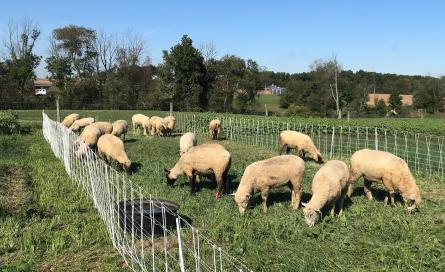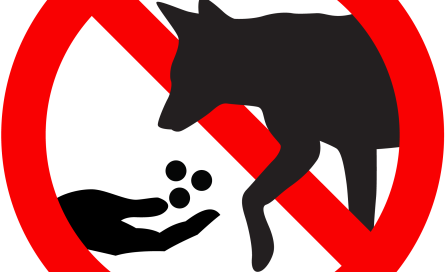Contributing Prey Whiskers/Feathers for Research
We are collecting data from all across Ohio to investigate coyote diet. We need representative samples of coyote prey items, such as deer, rabbits, gamebirds, etc., to interpret these data. We are collecting whisker or feather samples from any legally-harvested animal in Ohio.
How to Collect Whisker/Feather Samples
Whiskers and feathers are a great way to understand animal diet through chemical analyses and are particularly convenient for research because they do not need to be specially preserved or refrigerated.
To get as much data as possible, pull the whisker/feather or cut it with scissors from the base of the whisker/feather so that it is as long as possible. If collecting whiskers, try to get the longest ones that you see. At least 2-3 whiskers/feathers are desirable, but more is always better! Place the sample in a zip-top bag or paper coin envelope. If you save whisker/feather samples from multiple animals, each animal needs its own bag/envelope. If using a zip-top bag, either put a piece of paper with the animal's information (see below) in the bag with the sample or staple it to the bag. Squeeze the air out and zip the bag to seal it. If using a paper coin envelope, the animal's information can be written on the envelope or stapled to it. Tape the coin envelope shut to secure whisker/feather samples.
You can either call us to arrange a date and time when we can collect the samples from you, or you can mail them to us. If you have samples you would like to mail, contact us via email, and we can send you a postage-paid envelope for your convenience. You can either use our datasheet and attach it to the sample, or include the information below.
What Information We Need
There are a few things we need to know about the animal for which you are submitting samples:
- Date** that the animal was harvested
- Location** that the animal was harvested from, either county (minimum), county and township, or GPS point (preferred)
- Whether the animal was male or female
- If female mammal, whether it was obviously pregnant or lactating
- Approximate age** of the animal as adult/juvenile (best guess is ok)
- Description of the surrounding landscape where the animal was harvested, such as agricultural, forested, suburban, etc.
** Indicates information that is necessary for our data collection.
More information is always better than less! Please contact us for further instructions if you have any questions.



